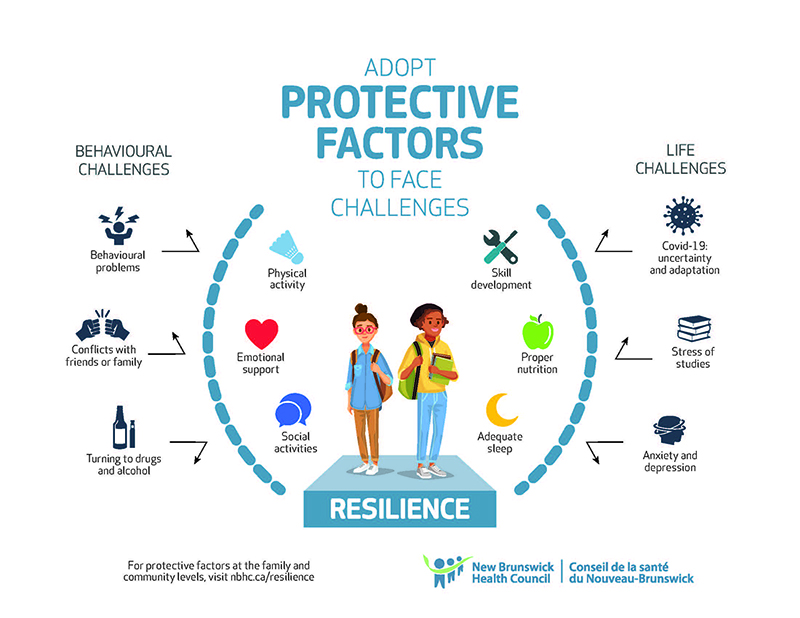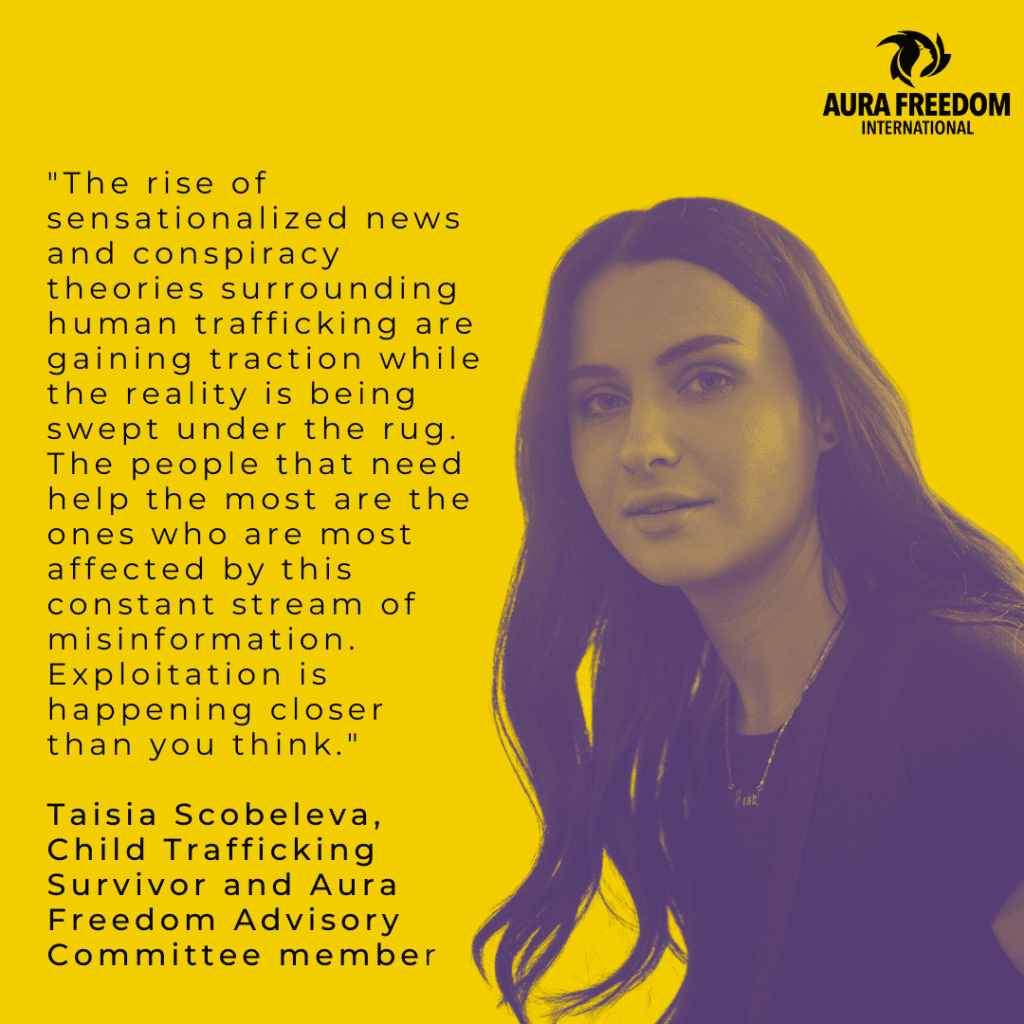THIS INFO HUB IS DIVIDED INTO 3 PARTS. NAVIGATE USING THE INDEX BELOW
Protective Factors are key to empowering youth and preventing exploitation.
Every small act we take to grow our protective factors empowers and highlights our capacities and resilience. In turn, we limit the impact Risk Factors can have on us and prevent violence and exploitation.
This can include:
- developing relationships with supportive friends and family
- learning new skills
- participating in community events or activities
- participating in religious or spiritual ceremonies or events
- establishing routines
- reducing stress
- increasing access to education, sanitation, housing, employment, transportation, etc.
We must be mindful that protective factors are linked to privilege and we must work together to ensure there are less barriers and more opportunities for all to access resilient-building activities.

Sources: Public Safety Canada, New Brunswick Health Council
Consent VS Coercion and Human Trafficking
What is Coercion?
- Manipulating someone until they give in to a sexual act, including being coerced into prostitution
- Involves blackmailing, pressuring, threatening, intimidating and guilting someone into a sexual act
- Not giving consent on your own terms
- Not being given space or opportunity to freely say NO
Consent given under coercion is not consent.
This is important to highlight with youth as coercion is often used to obtain consent in situations of human trafficking – but this consent is not legal.
"Understanding basic consent is one way to properly support survivors of human trafficking. Often, service providers, police, teachers or parents may assume that the survivor consented to their exploitation because they didn't simply "walk away" or "say no".
But the truth is, even though they may not have been chained to a bed like we see in the movies, the chains were there just the same."
Marissa Kokkoros, Founder and Director of Aura Freedom
Healthy Relationships
Recognizing Healthy Relationships
Another topic to explore when empowering communities and preventing exploitation is Healthy Relationships. There is so much to ‘unlearn’ due to harmful gender norms, societal expectations, culture, and other issues. People may find themselves in situations of exploitation because they could not recognize an unhealthy relationship. Perhaps, like so many of us, they didn’t grow up with healthy relationships modelled in their homes and could not recognize the red flags when they arose.
Healthy relationships does not just refer to romantic ones, but also friends, work relationships, and family members.
Some components to a healthy relationship:
- Communication
- Mutual Respect
- Boundaries
- Safety
- Honesty
- Mutual Trust
- Enjoyment
- Acceptance
- Separate Identities

Consent in Relationships
Consent is an absolutely necessary part of a healthy relationship. Consent in an intimate relationship or marriage should still be practiced when partners are interested in engaging in sexual activity. Just because you are in a relationship with someone does not give them automatic access to your body or give them the right to abuse or violate you in any way.
1 / 10 Canadians believe consent is not required or don’t know if it’s required between spouses or long-term partners.
It doesn’t matter whether it’s your first date or you’ve been married 20 years – consent is always needed – marital rape or rape within an intimate relationship is still rape.
More Resources on Healthy Relationships and Consent
Healthy Relationships Toolkit
Healthy LGBT Relationships
The Famous Tea Video
Internet Safety
Internet Safety
The internet is a great place and provides incredible opportunities to learn, connect with friends and family, stay updated on world events, and more. With so many people using the internet for school, work, socializing and entertainment, there is also an increased risk of online exploitation. This is why we have to practice online safety to protect ourselves from harms which might endanger our personal information and lead to unsafe communications that affect our mental health, safety and well-being.
In hopes of gaining a big following and lots of friends, many people accept friend requests and private messages from people they do not know, allowing traffickers to easily gain personal information they will then use to exploit their victims. GPS and geo-tagging provides traffickers with information on frequently visited places and even real-time location updates. This sharing of personal information can put you at risk for exploitation. In fact, the increased isolation and online presence due to COVID-19 means that youth are more vulnerable to being recruited and groomed online.
By understanding how to navigate the internet safely, we can ensure the web remains a great place to be.
In a survey conducted by Aura Freedom with over 2000 youth in Toronto, 38% said they feel unsafe online and 73% said they have had online interactions with someone they didn’t know, showing a significant gap in internet safety awareness (Aura Freedom, 2019).
General Red Flags
- When someone doesn't provide much information about themselves, but wants to know everything about you.
- Wanting to keep all exchanges a secret - going private, talking on Snapchat, vanishing modes on Messenger/Instagram - “Are you alone?”
- “I know a way you can earn money fast.” - If something seems too good to be true, it probably is, trust your instincts.
- Wanting to meet up too suddenly, especially in an isolated or sketchy places; insisting that you go alone.
- Asking for nude photos fairly quickly or sending nudes to you.
- Stalker behaviour (e.g. ridiculous amounts of one-sided messages or liking all of your pictures in what seems like a second).
How to stay safe online
- Change privacy settings
- Do not accept friend/follow/DM requests from strangers-You are under no obligation to respond to messages from anyone
- Turn off location
- Avoid going into private chat with strangers
- Block people who are inappropriate, rude or abusive
- Avoid sending nude photos with your face or recognizable tattoos that someone can identify you in
- Just knowing that sexual exploitation often starts online these days
More Resources on Internet Safety
Cybertip.ca
Need Help Now
Dandelion Initiative
Misinformation and Myth Busting
Children sold in overpriced furniture on Wayfair?
Celebs trafficking children for their blood to stay young?
Politicians trafficking children at a pizza parlour?
Aura Freedom has been very vocal about the harms caused by sensational and untrue theories of human trafficking circulating on social media.
With the flood of false information on the internet, good-intentioned, everyday people are being misinformed about how human trafficking happens. The dangers of this misinformation is that it dilutes credible information with false narratives and causes resources to be diverted from those who need them most. It isolates real survivors because their experiences do not match social media and they simply will not come forward for fear of not being believed, on top of the many other barriers they experience.
While the public’s role is crucial in addressing human trafficking, it must do so by ensuring no harm occurs. Everyone can do their part by reading credible sources for human trafficking news – that means following local, grassroots anti-trafficking organizations and survivor-led initiatives to know more about what human trafficking really looks like.



Falsehood VS Reality
Reality: Human trafficking cases have been reported and prosecuted in industries including restaurants, farming, cleaning services, construction, factories and more.
Reality: The truth is, their exploitation was a calculated process of coercion, manipulation, violence and blackmail and they never had a choice.
Reality: Most of the time, the door is wide open, but fear is what keeps victims in situations of trafficking. Fear of physical violence, fear of harm coming to loved ones, fear of family seeing photos/videos, fear of deportation, going to prison, etc. Read more on Control Tactics in Part 2 of this Info Hub.
Reality: Most survivors are trafficked by someone they know, including partners, friends employers, and family members.
Reality: Sexual exploitation and trafficking can (and does) happen to anyone, regardless of their age, ability, ethnicity, gender, religion, family income/class, or sexual orientation. While Indigenous and racialized youth, youth in foster care, LGBTQ2S+ youth and youth living with disabilities are at increased risk, all youth can be exploited. Read more about Root Causes in Part 2 of this Info Hub.
Reality: Although young women and girls are at a higher risk of exploitation, boys can also be trafficked for the purposes of sexual exploitation, or recruited to become traffickers themselves.
Reality: It may be shocking to some, but child and youth sexual exploitation and human trafficking does happen in Canada. In 2014, the RCMP Human Trafficking National Coordination Centre reported that 93% of Canada’s trafficking victims come from Canada.
Reality: No one has all the answers and it is crucial for service providers to listen to their community members, honour their experiences, and respect what the survivor is saying. A service provider might have a different opinion or assessment of the community member’s experiences, which is OK and very common. For example, a service provider might say their community member is being exploited but the community member says they are being provided for by someone who cares. Part of appropriate service provision is to recognize the differences and create a space for safe dialogue and discussion. For information on our frontline training workshops, click the Workshops and Training Info button in the Index on Part 1 of this Info Hub.
Reality: No – survivors can have vastly different experiences. This is why a one-size-fits-all approach to supporting people does not work.
More Resources on Misinformation
Human Trafficking Rumours
Check out this page and share it to spread fact, not fiction.
Freedom Needs Truth
Please note that this Human Trafficking Info Hub is not a service directory. For pan-Canadian directories on different anti-trafficking services and supports for survivors, you can visit the Canadian Centre to End Human Trafficking or Find Help/211.
Suggested citation for Aura Freedom’s Human Trafficking Info Hub: Aura Freedom. (2021, November 25). Human Trafficking Info Hub. Retrieved from: https://aurafreedom.org/
Please note this is a living website and will be updated as funding permits, and as we learn more about human trafficking, as well as curate and vet additional resources from our partners.











